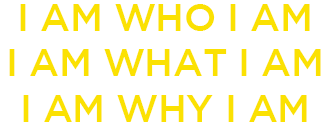22 Apr Koan 30
We can’t see whatever “is” we see.
There are two forms of vision, foveal and peripheral.
Foveal vision is the “it” we see when our eyes focus and create detailed images we describe as various discrete things. However, the “it” we think we see is real is but an illusion; as all things are everchanging, interconnected and interdependent. (That is, reality is one unified thing, the everything in the now.) As such, the illusionary “it” created by foveal vision is the antithesis of reality, as a discrete “it” per se implies duality (the “it” and not the “it”).
Peripheral vision is unfocused. As such, what we see with peripheral vision is indescribable, the everything in the now. The function of peripheral vision is to arouse our attention to look for the presumed discrete “it” when peripheral vision senses changes in the relative motion of a presumed “it.” That is, peripheral vision is about the “is,” not the “it.”
While we can sense the “is,” we can’t see (to the extent we can describe) whatever the “is” we see.
While peripheral vision is 98 – 99% of our visual field, we rarely notice it as our attention is captured by the various temporary “it” things in foveal vision. Though illusionary, the “it” things we think we see and how we interpret them is our personal reality. With a countless number of people on Earth, there are countless personal realities; though only one true reality, the “is.”

